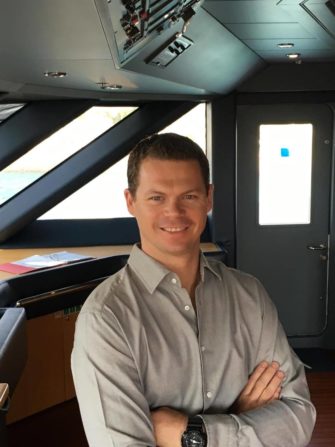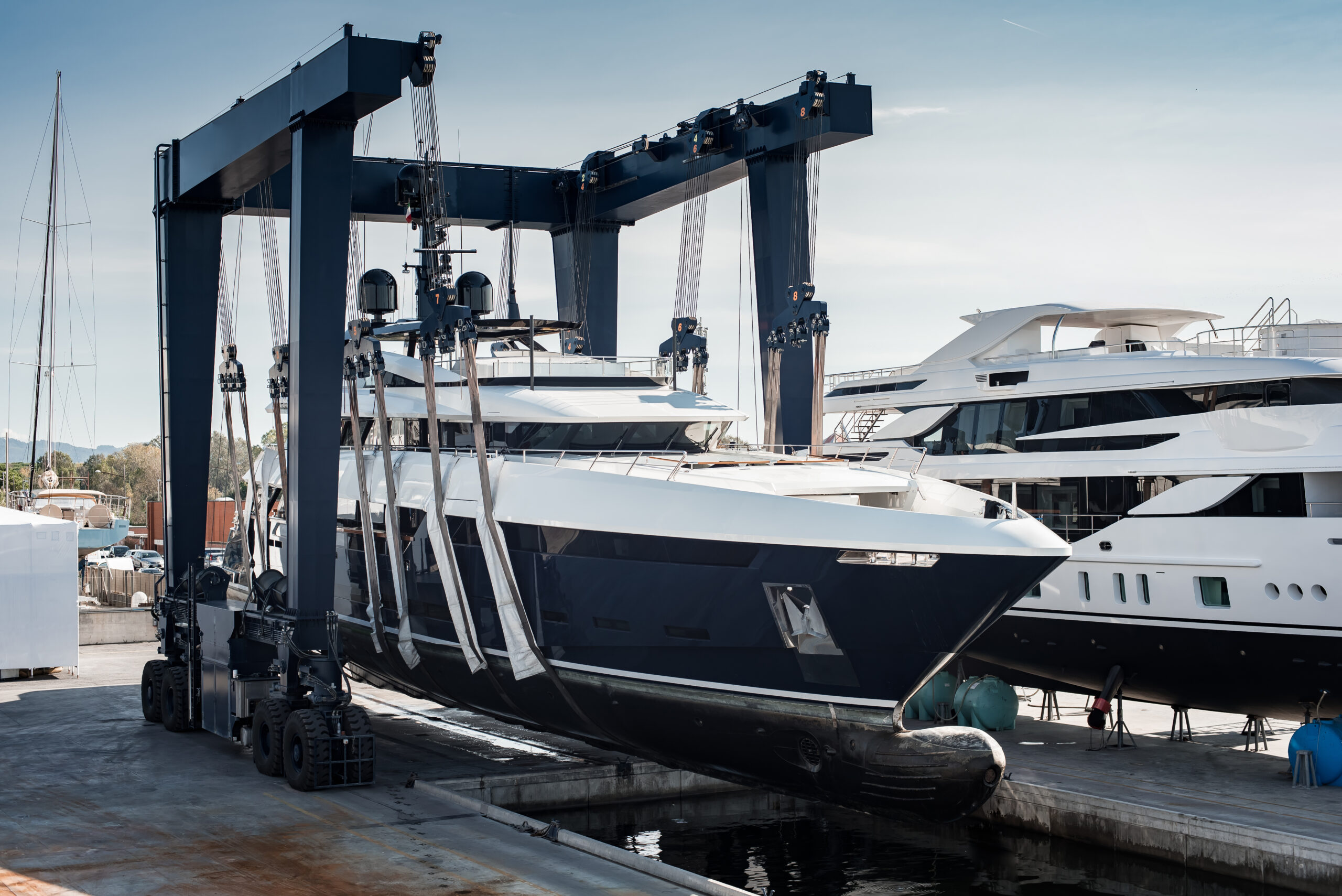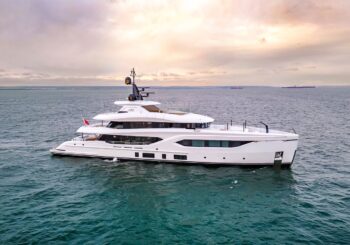The team at Seahub – Yacht Maintenance Software are thrilled to announce the launch of a new technology aimed at effectively managing new build & commissioning worklists.

Crew turnover. It’s a common reality in yachting. Yacht crew move around chasing the next best itinerary, bigger boats and smaller boats or the next big promotion. Many believe advancing through various programs exposes you to a greater range of skills allowing you to grow both professionally and personally. Others suggest moving through the ranks onboard on a single vessel is the key to a long lasting and happy career in yachting.
We caught up with Mark Spavins, Captain of a busy 57m yacht, who gave us an invaluable insight into how he manages crew turnover and ensures his new crew are well taken care of when it comes to safety and job satisfaction.
Q. Crew turnover is a process that every Captain addresses at some point. What methods do you use to maintain crew moral and keep crew onboard?
Capt. Mark – I think everyone needs an objective to work towards. They need a sense of purpose and this will result in Job satisfaction which is essential. Make sure there is room for crew to progress within their job and try promote from within the vessel. Having good HOD’s is also a must. They can definitely help with crew morale during those long trips.
Always have something for the crew to look forward to, whether it be a crew dinner, an afternoon swim after work or a good bonus structure which promotes longevity.
Q. In the event that you need to hire new crew, what is your preferred method for finding them?
Capt. Mark – To be honest I think it is 50:50 between crew agents and word of mouth. The most important thing for me is references.

Q. How do you ensure your new crew are correctly trained, especially when it comes to safety?
Capt. Mark – Prior to hiring any crew member, we check all their relevant STCW’s, ENG-1 and other associated paperwork is up to date.
Within our SMS we have various checklists for training new crew. They include the following: Initial Familiarization, Security Training, Tenders and Toys training, MSDS familiarization, Anchoring Procedures etc. These checklists are usually completed and signed by the crew member within the first week that they’re on board. It is essential to regularly do drills and safety talks to supplement this initial training.
Q. What systems do you use on board to ensure the crew turnover period is as seamless as possible?
Capt. Mark – On site crew training is obviously important however you don’t always have the time to do this so Standard Operating Procedures (SOP’s) are essential. Initially these procedures need to be set up correctly and made sure that they are adhered to by the new crew members joining. Checklists, checklists, checklists!
Captain Mark Spavins is one of many yacht crew that we are talking with, to gain a greater understanding into the experiences of crew and management during preparations of their yachts for the upcoming season. Stay tuned for more professionals, like Mark, giving their invaluable insights





